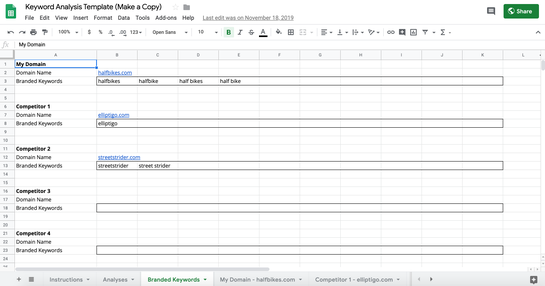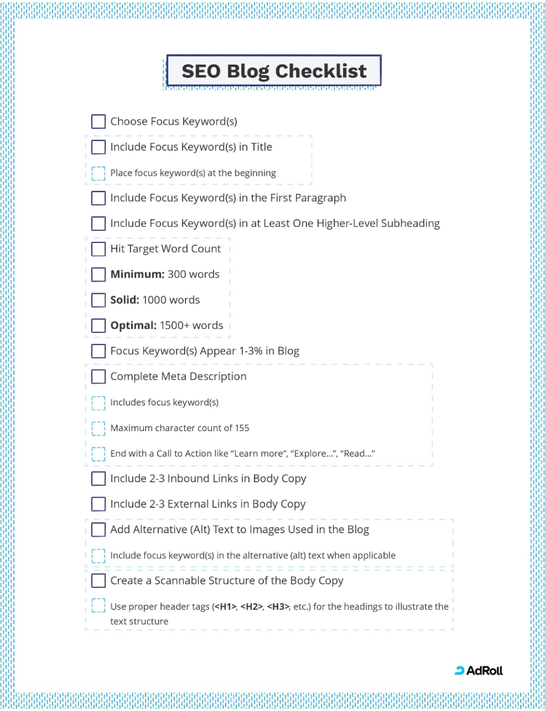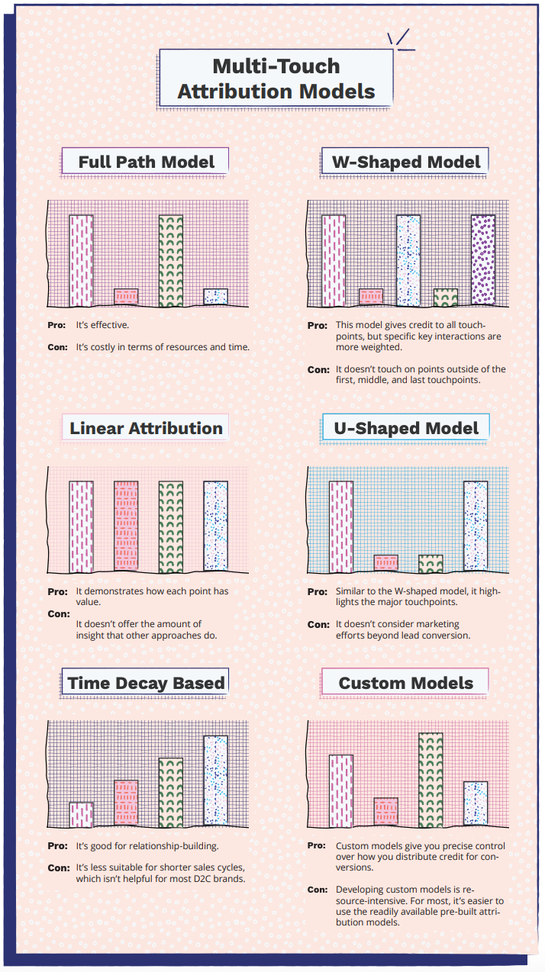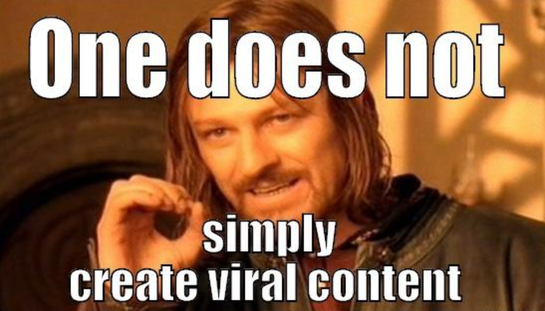How to Create a Winning B2B Content Strategy
Our guide to everything B2B content marketing, from content strategy fundamentals to content types that engage a B2B target audience.
Read More
When you think of content marketing, the obvious methods come to mind, such as blogging and video. However, while those methods are undoubtedly effective, there are other powerful types of content that you shouldn’t miss out on.
Considering that content marketing costs 62% less than outbound marketing and generates more than three times as many leads, it only makes sense to take advantage of all avenues available. Let’s go over the popular types of content in content marketing, the common mistakes marketers make with them, and how to avoid the pitfalls.
As mentioned earlier, blogging is one of the reigning kings of content marketing — 53% of content marketers say blogging is their top priority. From brand awareness and thought leadership to SEO and more, the benefits are clear, and businesses are hardpressed to find reasons not to blog.
Avoid these mistakes:
When providing useful content, you always want to deliver something actionable. More often than not, when people are searching for helpful content, they’re not looking just to read — they’re looking for solutions. Downloadable templates and checklists aren’t only useful; they’re also inexpensive to make and help elevate your company as an authority figure in the space.
Templates are like a blueprint — they provide a set of instructions on how to complete a given task and give the exact steps it takes to get there.
Image: AdRoll Blog
Checklists are one-sheeters that help track your progress for any given task.
Image: AdRoll Blog
Avoid these mistakes:
Ebooks give detailed insight into an area of expertise. They enhance your company’s reputation and help to generate new leads.
At first glance, creating one may seem like a lot — after all, it’s an electronic book. However, they’re an excellent source of evergreen content that can be repackaged, repurposed, or turkey-sliced into multiple blog posts. Compared to other types of digital content, ebooks feel more like an object of value.
Avoid these mistakes:
A whitepaper is a research report or guide that helps solve a problem. Whitepapers are used to educate readers and bring to light a new or different perspective. While they sound similar to ebooks, whitepapers are considered “decision-making” pieces and are usually for people who are already familiar with your brand. Ebooks offer more of a “how-to” type of content that’s used for people early in the buying cycle. In addition to helping with boosting organic search, building email lists, and increasing ROI, whitepapers can also serve as evergreen content that can be repackaged into new types of content.
Avoid these mistakes:
Infographics are an excellent way to package a ton of information and data into an image. They’re visually compelling, easily digestible, and are much preferable compared to tons of text. Here's an example:
Image: AdRoll Blog
Not only do infographics demonstrate your company’s expertise and boost your brand value, but they’re also ideal for sharing on social media channels.
Avoid these mistakes:
Memes are an image or a video with phrases that speak about a popular culture reference. Memes are popular because, through the midst of other heavier types of content, they're meant to be satirical and humorous. They're popular across social media channels and blog posts with a high potential to become viral.
Image: quickmeme.com
Avoid these mistakes:
When it comes to content marketing, you have to have a healthy mix of content types to keep users engaged. For example, you can create a content strategy that combines blog posts, templates, memes, and more, to give users a combination of useful, actionable, and (hilariously) compelling content.
Now that you know the different types of content in content marketing, check out these tips on how to inspire employees to start writing.
Last updated on April 23rd, 2025.



